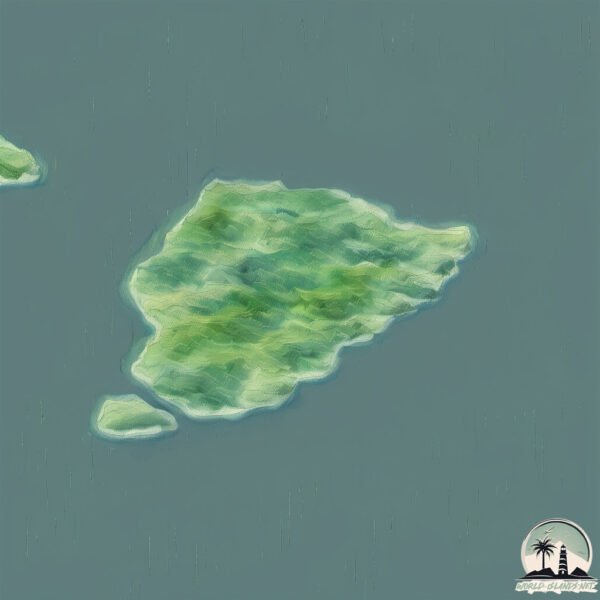Sanna

Welcome to Sanna, a Continental island in the Gulf of Bothnia, part of the majestic Atlantic Ocean. This guide offers a comprehensive overview of what makes Sanna unique – from its geography and climate to its population, infrastructure, and beyond. Dive into the details:
- Geography and Size: Explore the island’s size and location.
- Climate and Weather: Weather patterns and temperature.
- Topography and Nature: Uncover the natural wonders of the island.
- Infrastructure and Travelling: Insights on reaching, staying, and making the most of your visit.
- News and Headlines: Latest News.
Geography and size of Sanna
Size: 11 km²
Coastline: 14.4 km
Ocean: Atlantic Ocean
Sea: Gulf of Bothnia
Continent: Europe
Sanna is a Medium Island spanning 11 km² with a coastline of 14 km.
Archipel: –
Tectonic Plate: Eurasia – One of the world’s largest tectonic plates, the Eurasian Plate covers a significant portion of Europe and Asia. It’s characterized by diverse geological features, including the Ural Mountains, the European Plain, and the Himalayas formed from its collision with the Indian Plate.
The geographic heart of the island is pinpointed at these coordinates:
Latitude: 62.20909953 / Longitude: 17.70678625
Climate and weather of Sanna
Climate Zone: Continental
Climate Details: Warm-Summer Humid Continental Climate
Temperature: Warm Summer
Climate Characteristics: Features warm summers and cold winters with consistent precipitation, common in higher latitudes.
Topography and nature of Sanna
Timezone: UTC+01:00
Timezone places: Europe/Paris
Max. Elevation: 64 m
Mean Elevation: 22 m
Vegetation: Mixed Forest
Tree Coverage: 99%
The mean elevation is 22 m. The highest elevation on the island reaches approximately 64 meters above sea level. The island is characterized by Plains: Flat, low-lying lands characterized by a maximum elevation of up to 200 meters. On islands, plains are typically coastal lowlands or central flat areas.
Dominating Vegetation: Mixed Forest
A combination of both deciduous and evergreen trees, often found in transitional zones between forest types. These forests offer a diverse habitat for various wildlife species. Sanna has a tree cover of 99 %.
Vegetation: 6 vegetation zones – Very Highly Diverse Island
Islands in this range are ecological powerhouses, showcasing a wide array of vegetation zones. Each zone, from lush rainforests to arid scrublands, coastal mangroves to mountainous regions, contributes to a complex and interdependent ecosystem. These islands are often hotspots of biodiversity, supporting numerous species and intricate ecological processes.
Infrastructure and Travelling to Sanna
Does the island have a public airport? no.
There is no public and scheduled airport on Sanna. The nearest airport is Sundsvall-Härnösand Airport, located 43 km away.
Does the island have a major port? no.
There are no major ports on Sanna. The closest major port is STOCKVIK, approximately 36 km away.
The mean population of Sanna is 44 per km². Sanna is Gently Populated. The island belongs to Sweden.
Continuing your journey, Alnon is the next notable island, situated merely km away.
I Played ROBLOX On An ISLAND!



Sweden is classified as Developed region: nonG7: Developed economies outside of the Group of Seven, characterized by high income and advanced economic structures. The level of income is High income: OECD.
News – Latest Updates and Headlines from Sanna
Stay informed with the most recent news and important headlines from Sanna. Here’s a roundup of the latest developments.
Please note: The data used here has been primarily extracted from satellite readings. Deviations from exact values may occur, particularly regarding the height of elevations and population density. Land area and coastline measurements refer to average values at mean high tide.
